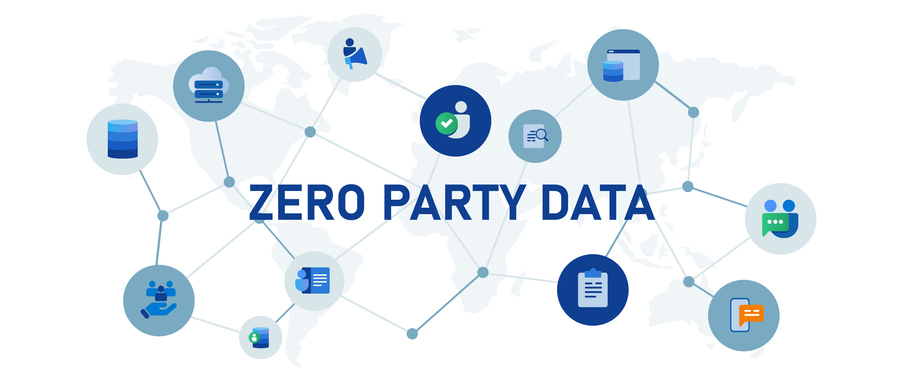You’re doing your marketing, you’re making sales – but which marketing channel is delivering the paying customers?
During the work-up to an order, one customer may have visited your site many times via several different routes. For example:
Magazine website > email > ‘red widget’ PPC > brand PPC > affiliate > PURCHASE
So which route deserves the credit for the sale?
Traditionally, attribution has been done on a ‘last click wins’ model, but this gives a skewed view of marketing performance; in the above example, your PR, email and PPC get no credit.
We’re now seeing more intelligent methods:
- Evenly Weighted Attribution:
The value of sales is divided equally between ALL the referring sources. - Any Click (or Roulette!) Model:
The value of the sale is randomly attributed to one of the referring sources.
These are better solutions, but again not great. Some companies are now developing custom attribution models that understands the relative impacts on sales of each channel – for example; email has a bigger impact than Twitter. Those relative impacts are turned into ratios or percentages – so if email is three times as likely to drive a sale than Twitter, then a £10 sale would be allocated £7.50 to email, and £2.50 to Twitter.
It may be difficult – but attribution is important.
By understanding attribution you can come closer to solving the I-know-half-of-my-marketing-spend-is-wasted-but-I-don’t-know-which-half problem.
If you’re not looking at attribution then you are probably over-counting your sales, and spending on marketing that isn’t really working for you.
It’s also critical to put in place the right attribution system. If you get it wrong then you’ll be making the wrong decisions and the business will suffer.
For example, one of our company’s mail order clients had sales driven by both emails and catalogue mailings. The overlap was 80 per cent. In other words, 80 per cent of the orders driven by email marketing could also be classed as catalogue orders – where should we attribute them? If we decided that the orders should all be attributed to the catalogue it would have been the end of the email marketing activity. If we decided that the orders should all be attributed to the emails, then the catalogue activity would have been greatly cut back – neither was the right decision. So, it’s about a balance between the two.
What should you consider when setting up your attribution system?
The most important rule is to keep common sense in mind – if the software you find to manage your attribution is going to cost £1,000 per month is it going to save or make you more than that? If not it’s not (yet) the right solution for you.
Just as there isn’t yet a one-size fits all model for attribution, there’s also not yet a one-size fits all software solution for it. So, I’d suggest starting off with what you’ve already got and work out how bad the problem is for you.
For a given period (say a month) you should know:
- your total website sales
- your total PPC sales (if you’ve got the conversion tracking feeding straight into adwords / adcenter)
- your total Email sales (again, if you’ve got the conversion tracking feeding straight into your email reporting system)
- your total SEO sales (in Google Analytics).
Once you have this information, ask do the marketing channels sales figures add up to a lot more than the website sales?
If so you’ve got an attribution issue – if not then you can put in your diary to check again in a few months and forget about it for now.
Another useful place to look is on Google Analytics, the Assisted Conversions report (go to Conversions / Multi-Channel Funnels / Assisted Conversions). It shows you the common paths to conversion – so if lots of people click on a PPC ad, then an email before they buy.
If you have lots of customers on long paths to conversion then you’ll need to be looking at attribution and deciding how to allocate it effectively.





